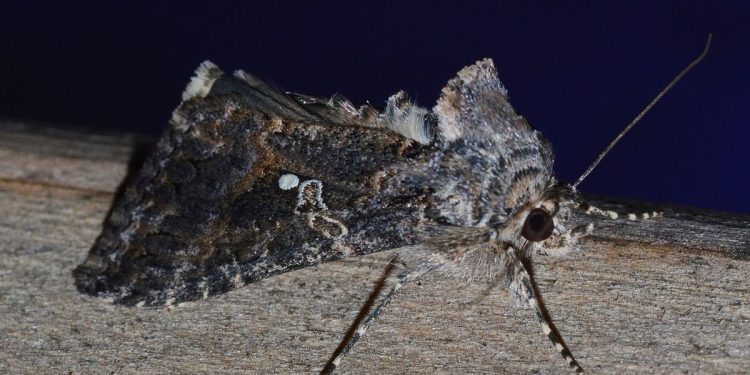#agriculturalpests #cropdamage #foodsecurity #insecticides #biologicalcontrols #culturapractices #TrichoplusiaNi
Trichoplusia ni, commonly known as the cabbage looper, is a major pest in the agricultural industry that can cause significant damage to crops. This article will explore the impact of cabbage loopers on agriculture and the consequences of their development.
Cabbage loopers are native to North America, but they have become a global problem due to their ability to adapt to a variety of climates and environments. They feed on a wide range of plants, including cruciferous vegetables such as broccoli, cauliflower, and of course, cabbage.
The impact of cabbage loopers on agriculture can be devastating. These pests can cause significant damage to crops by chewing holes in the leaves and tunneling through the heads of cabbage. This damage can result in a reduction in crop yield and quality, leading to economic losses for farmers.
To combat the cabbage looper, farmers use a variety of methods, including insecticides, biological controls, and cultural practices. Insecticides are effective, but their use can be harmful to other insects and the environment. Biological controls, such as parasitic wasps, can be effective, but their success depends on a variety of factors, including temperature and humidity. Cultural practices, such as crop rotation and planting resistant varieties, can also be effective in reducing cabbage looper populations.
The consequences of cabbage looper development are significant. As the world’s population continues to grow, the demand for food will increase, making it essential to reduce crop losses due to pests such as cabbage loopers. If left unchecked, cabbage looper populations can cause significant damage to crops, leading to economic losses and food insecurity.
In conclusion, the cabbage looper is a significant pest in the agricultural industry, causing significant damage to crops and leading to economic losses for farmers. Understanding the impact of cabbage loopers on agriculture and the consequences of their development is essential to combat this pest and ensure food security.








